TW: Sexual Harassment
A sexual harassment incident is something which can leave an individual scarred for their entire lives. The least that could be done is to identify the accused and bring justice. The ICC of DU works in the same regard. However, it is found to be missing whenever such horrific incidents see the broad daylight. Why is ICC dormant when they are needed the most? Read ahead to find out more.
Basking in the morning sun while discovering the Delhi Metro and the joy of stepping into the college corridors brings a feeling of accomplishment. A transition from school to college brings with it a million of sacred dreams that can’t wait to be unraveled and rejoice the world stage. Somewhere it becomes the duty of the institution to protect those dreams and let the innocence cherish the moment in hand. However, a question of safety and security is a product of oblivion of these dreams.
Living in a city like Delhi, people do fear about their safety and security, especially women. Yet, they sleep at nights dreaming about the endless things they can do and achieve. Their dreams are not hindered by the question of safety but as soon as the Sun comes out, it becomes too obvious to think about it before stepping ahead. Hence, university remains the only place to live those dreams carefree. However, what if even the university becomes the place putting a question mark on one’s safety and security. What if University becomes the place which we term as “unsafe”?
In the recent months, it has become too obvious that the university is not providing a safe space in this regard. From the incident of Ramjas Debating Society to the scars of the festival of Holi, University of Delhi (DU) has put its DUites under the question of safety and security? It is true that as a woman we have to think about an endless list of things before stepping out of our residence. However, college is surely not the place where a student has to worry about these things but here we are, wrapped up in our thoughts of if going to a certain place will be safe for us?
A question of safety will always be present at the back of our minds but if a mechanism comes into place which redresses our concerns in regards to harassment then a sense of security can blanket the students and teachers of the varsity. One such committee is the Internal Complaints Committee (ICC) which addresses the grievances of students and teachers in regards to any form of sexual harassment. Now, the mechanism seems pleasing since the committee is present in most of the colleges and societies apart from a centralized committee of the varsity. The question arises when we take a look at its functioning.
When a Ramjas Debating society’s member was stripped off his credentials for alleged harassment or a student of DU had to face sexual harassment, where was the ICC at those times? Isn’t it the duty of ICC to keep the varsity a place free of harassment? Aren’t they responsible to spread awareness regarding the same? Where was it when such heinous crimes were unraveling themselves? There is an endless list of questions that need to be asked and answered for the scope of improvement of the safety and security of the campus.
In conversation with DU Beat, a member of ICC explained the functioning of the committee in DU. The member explained that the ICC expects the complainant to come forward or directly come to the office and give the committee a written complaint. Once the complaint reaches, it is taken up in a meeting. If the entire committee agrees on the authenticity of the complaint and if it falls under the jurisdiction of ICC then the complaint is taken forward. As this is the final step where the complainant can withdraw their complaint, ICC asks them if they want to pursue it or not. Once the ICC get their consensus, they are asked for 6 copies (as recommended by law) of the complaint. Then, as ICC is law bounded, they send the whole complaint to the respondent, without censoring anything, and give them a 10 days period to submit their clarification or response to the complaint. After this, both the parties are called in a manner where they don’t see each other and individual hearings take place. Then, ICC gives them a chance to call the witnesses which is followed by witness testimonies. At the end, the committee comes up with their findings and send them to both the parties involved. If nothing else comes up that could change the nature of the proceedings then the committee arrives at recommendations, and according to those, further actions are taken.
Since there are a lot of complaints at a given point of time and law has given us 90 days to resolve an issue, it generally takes 4-5 months to resolve a complaint.
-Member of ICC, DU
Upon asking about the reason behind the recent jump in harassment cases in the academic space, the member stated that it could be attributed to the pandemic where people did not understand the consequences of the things they do behind their laptops and mobiles. Further, the member claimed that the varsity has a persistent issue of gender sensitization. For the part of ICC, as the member claimed, it is taking more and more steps to make people sensitized about the gender, to make students aware about what is right and what is wrong.
The harassment cases haven’t increased exponentially but they have increased, particularly in the cyber space.
-Member of ICC, DU
Further the member added that there are certain guidelines issued by the ICC in regards to the recent trend of cases that are coming to the committee but it is difficult to enforce them at the grassroot level. Additionally, the member informed that the apex ICC has no jurisdiction over individual ICC of various colleges and hence cannot intervene in their matters. However, if the grievances of a student have not been resolved at the college level, they can directly write to the ICC of DU and then further steps can be taken in the case.
On asking about what if a particular ICC is not functioning properly, the member said, ”I can’t comment on it but you can ask the Proctor of the University. There are other mechanisms to address the issues related to the functioning of ICC of a college.”
When the question about how the ICC intends to improve its functioning was popped before the member, they responded by stating their wish to include more members. However, as they stated, the law has bounded ICC to include only 10 members.
As the member said that the ICC’s duty is to deal with the sexual harassment cases and the problem of gender sensitization only then, who is there to keep a check if the guidelines are followed or if a subordinate ICC is functioning properly? Just as the High Courts have a superintendence over all the subordinate courts, who is there to supervise the subordinate ICCs? What happens if a sexual harassment case is shut down for all the wrong reasons? Who is there to keep a check on the functioning of the redressal mechanism?
Read Also: The Story of the ICC
Featured Image Credits: newslaundry
Ankita Baidya

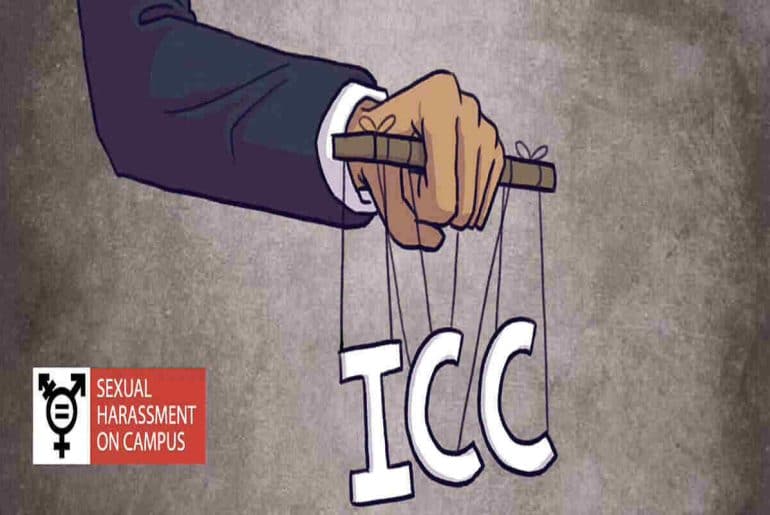
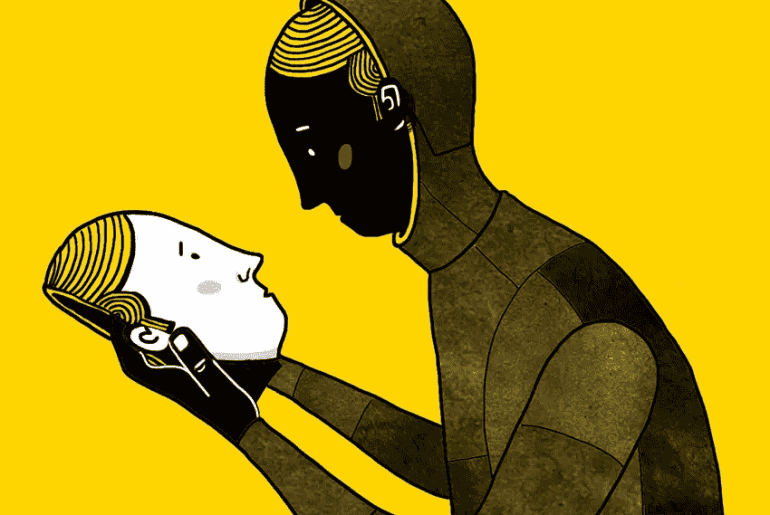





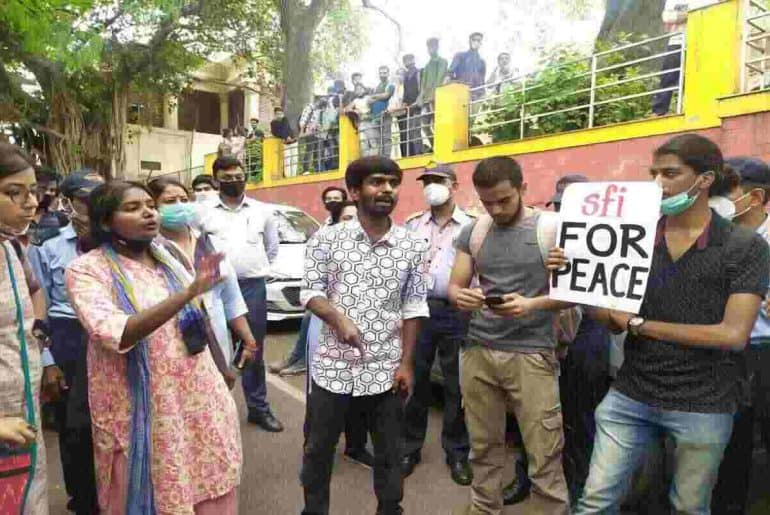

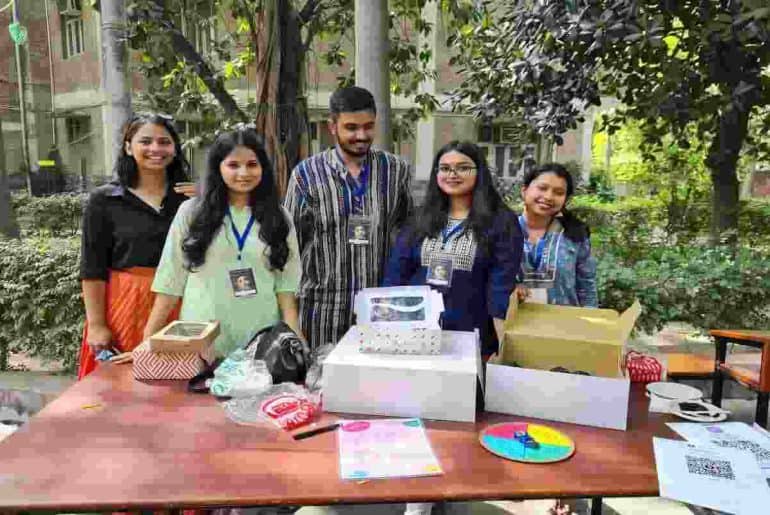
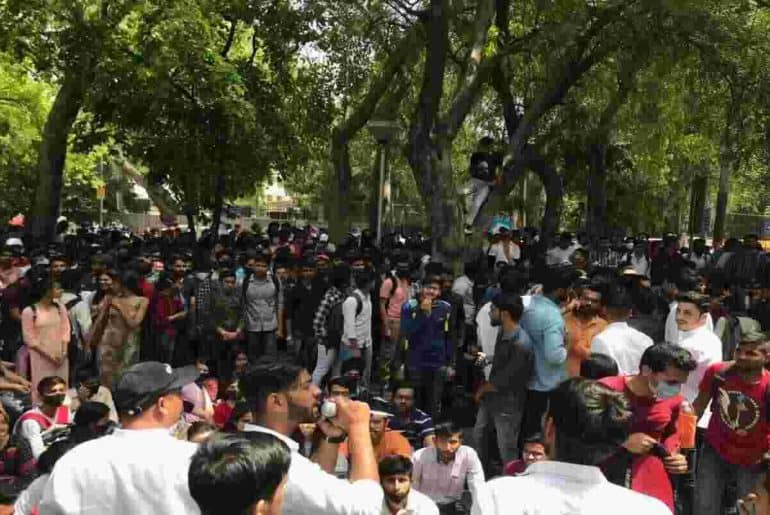
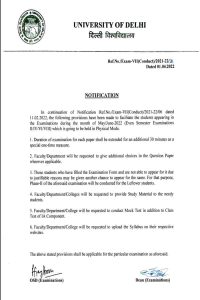 Image Source: University of Delhi
Image Source: University of Delhi